How do you account for the difference in melting points between (a) and (b) between (c ) and (d) and between these two differences ?
 .
.
Video Solution
Text Solution
The crystal forces in (a) and (d) are largely van der Walls. Compounds (a) and (c ) containing the polar OH groups from H-bonding
(b) in (a) there is intramolecular H-bonding whereas in (c ) it is intermolecular H-bonding which leads to increases in meliting point of (c ) as compared to (a) and (d)
(c) In the absence of strong intermolecular H-bonding the difference in m.pt as compared with the reference substance (b) should be small This is due to differences in the crystal structure or due to the van der Waals forces, which would be slightly larger for (b) than for (a) on account of the slightly increased molecular mass .
|
Topper's Solved these Questions
- CHEMICAL BONDING AND MOLECULAR STRUCTUREBOOK - CENGAGE CHEMISTRY ENGLISHCHAPTER - CHEMICAL BONDING AND MOLECULAR STRUCTUREEXERCISE - Ex 2 .2 Subjective (Intermolecular Forces And H-Bonding)
7 Videos
- CHEMICAL BONDING AND MOLECULAR STRUCTUREBOOK - CENGAGE CHEMISTRY ENGLISHCHAPTER - CHEMICAL BONDING AND MOLECULAR STRUCTUREEXERCISE - Ex 2 .2 Subjective (Molecular Orbital Theory)
4 Videos
- CHEMICAL BONDING AND MOLECULAR STRUCTUREBOOK - CENGAGE CHEMISTRY ENGLISHCHAPTER - CHEMICAL BONDING AND MOLECULAR STRUCTUREEXERCISE - Archives Subjective
15 Videos
- ATOMIC STRUCTUREBOOK - CENGAGE CHEMISTRY ENGLISHCHAPTER - ATOMIC STRUCTUREEXERCISE - Concept Applicationexercise(4.3)
19 Videos
- CHEMICAL EQUILIBRIUMBOOK - CENGAGE CHEMISTRY ENGLISHCHAPTER - CHEMICAL EQUILIBRIUMEXERCISE - Subjective type
1 Videos
Similar Questions
Difference between lines, point and plane
View SolutionIf 100 volts of potential difference is applied between a and b in the circuit of , find the potential difference between candd.
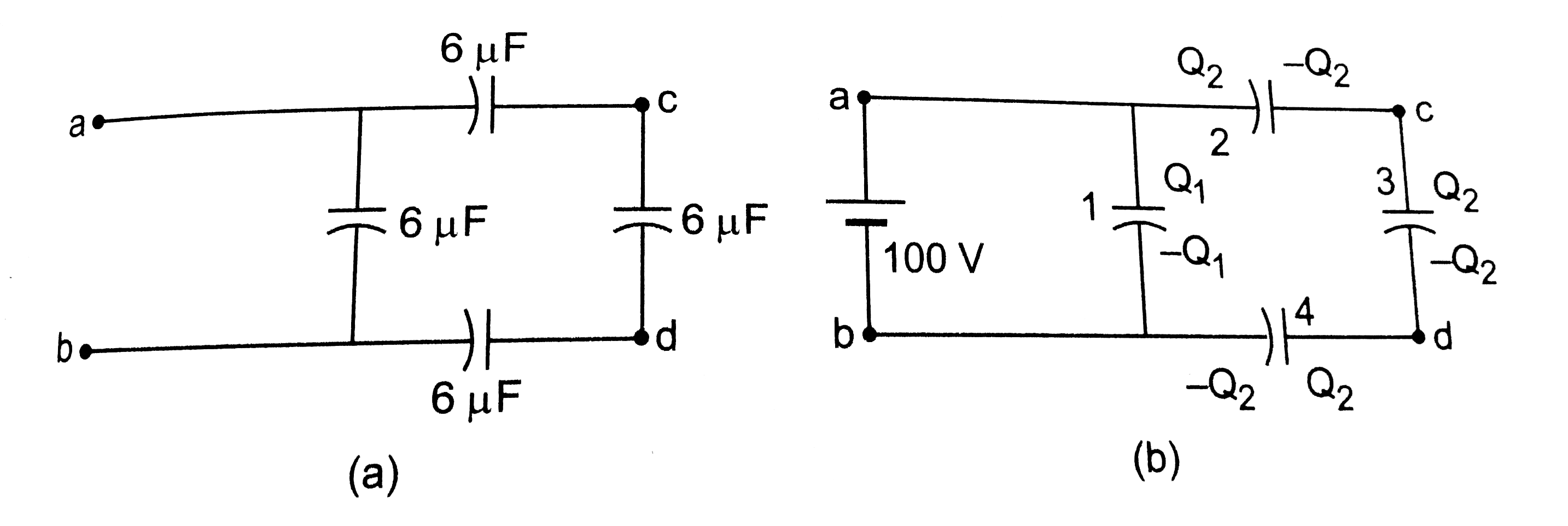
View SolutionFind theh potential difference between points a and b.
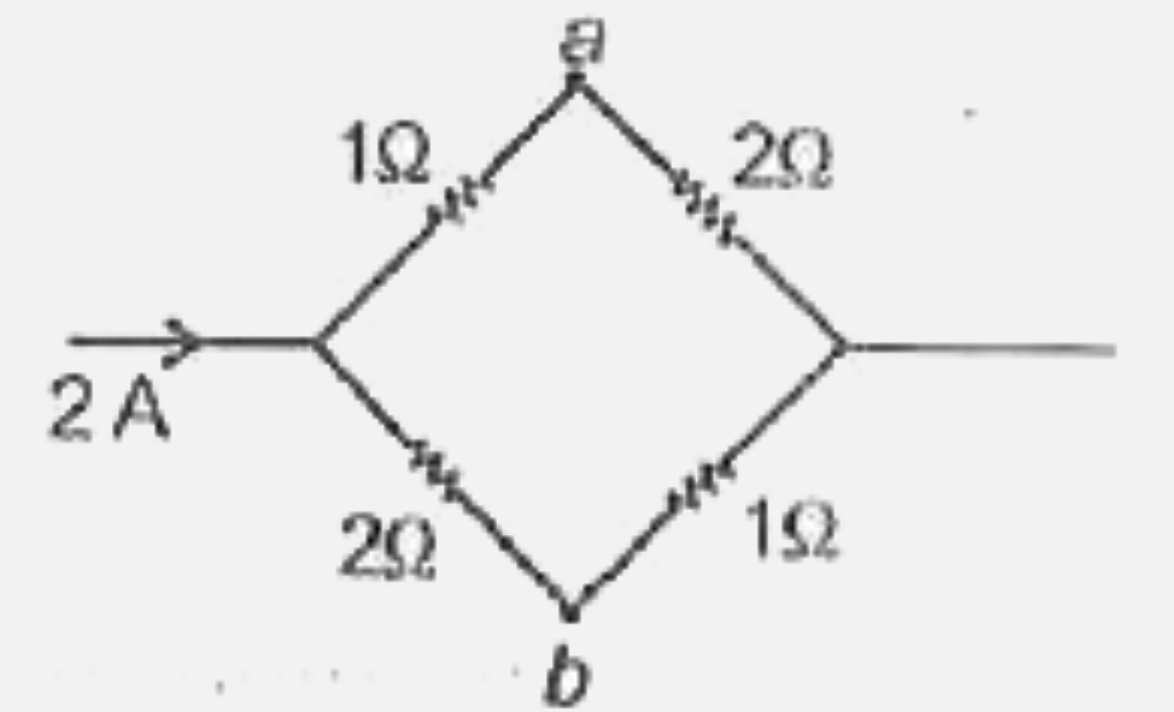
View SolutionIn given circuit , the potential difference between points A and B is
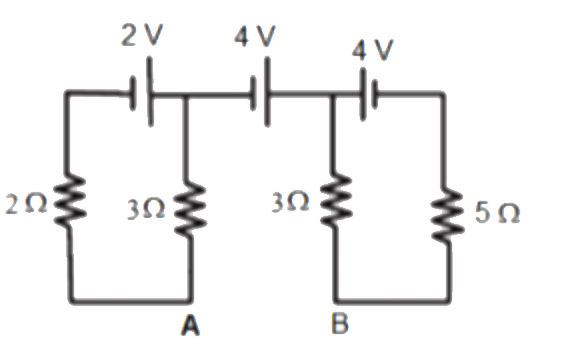
View SolutionFor the circuit figure, find the potential difference between points a and b:
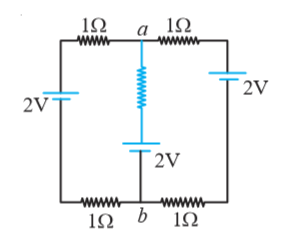
View SolutionThe potential difference between points A and B is
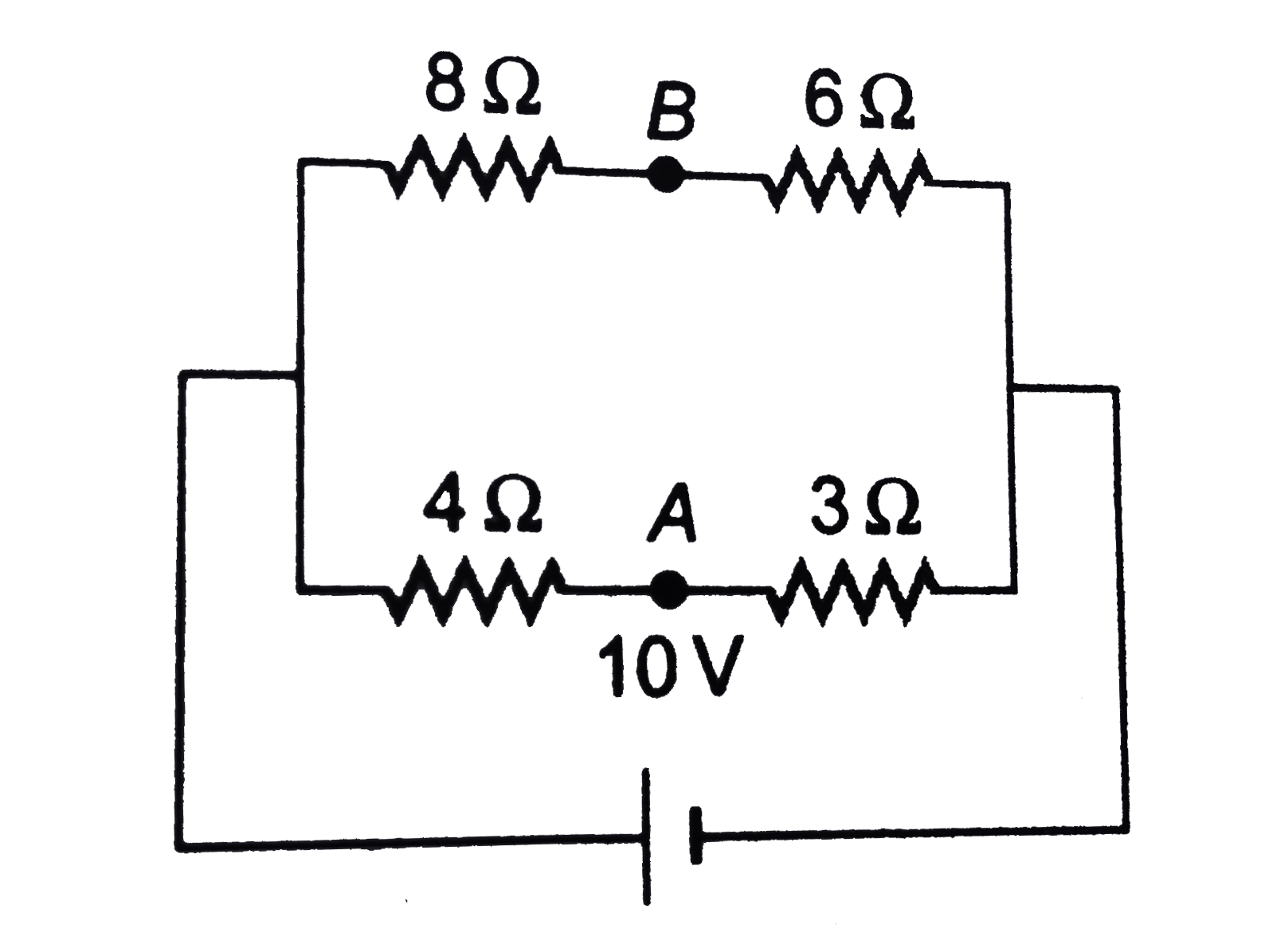
View SolutionThe potential difference between points A and B is
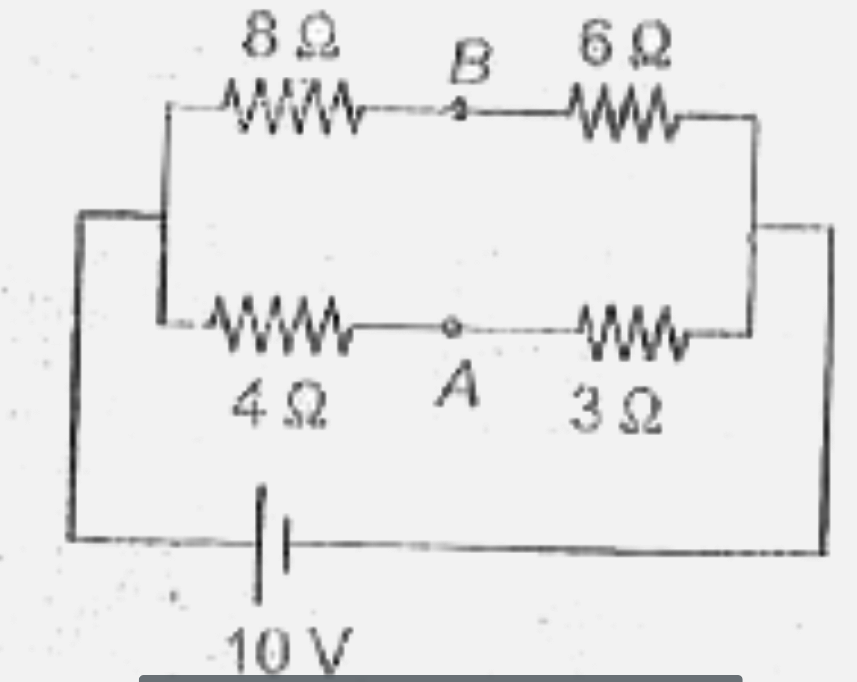
View SolutionThe potential difference between points A and B is

View SolutionIn the circuit shown, the potential differences, V1 ( between A and B ) and V2 ( between C and D ), are
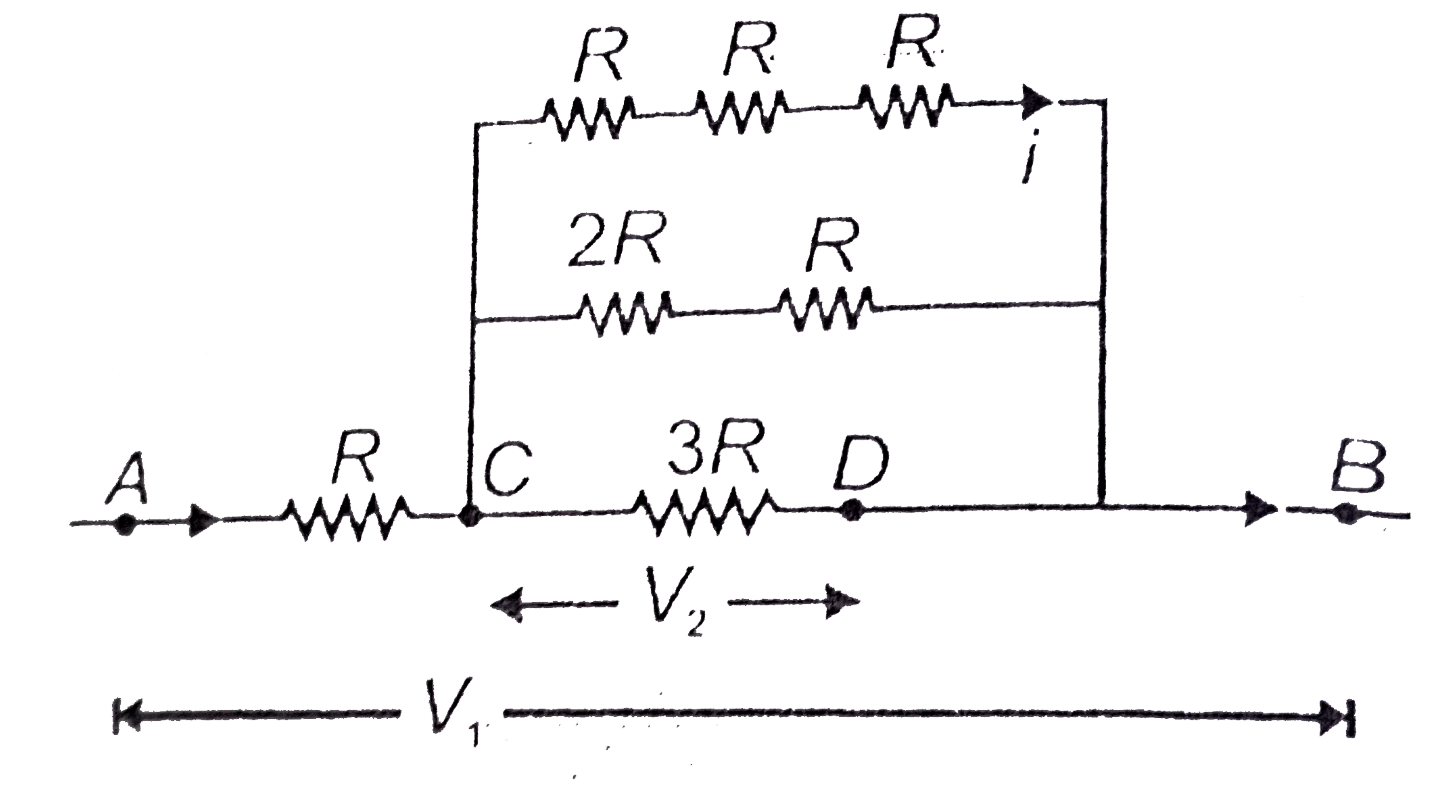
View SolutionIn the figure potential difference between A and B is :
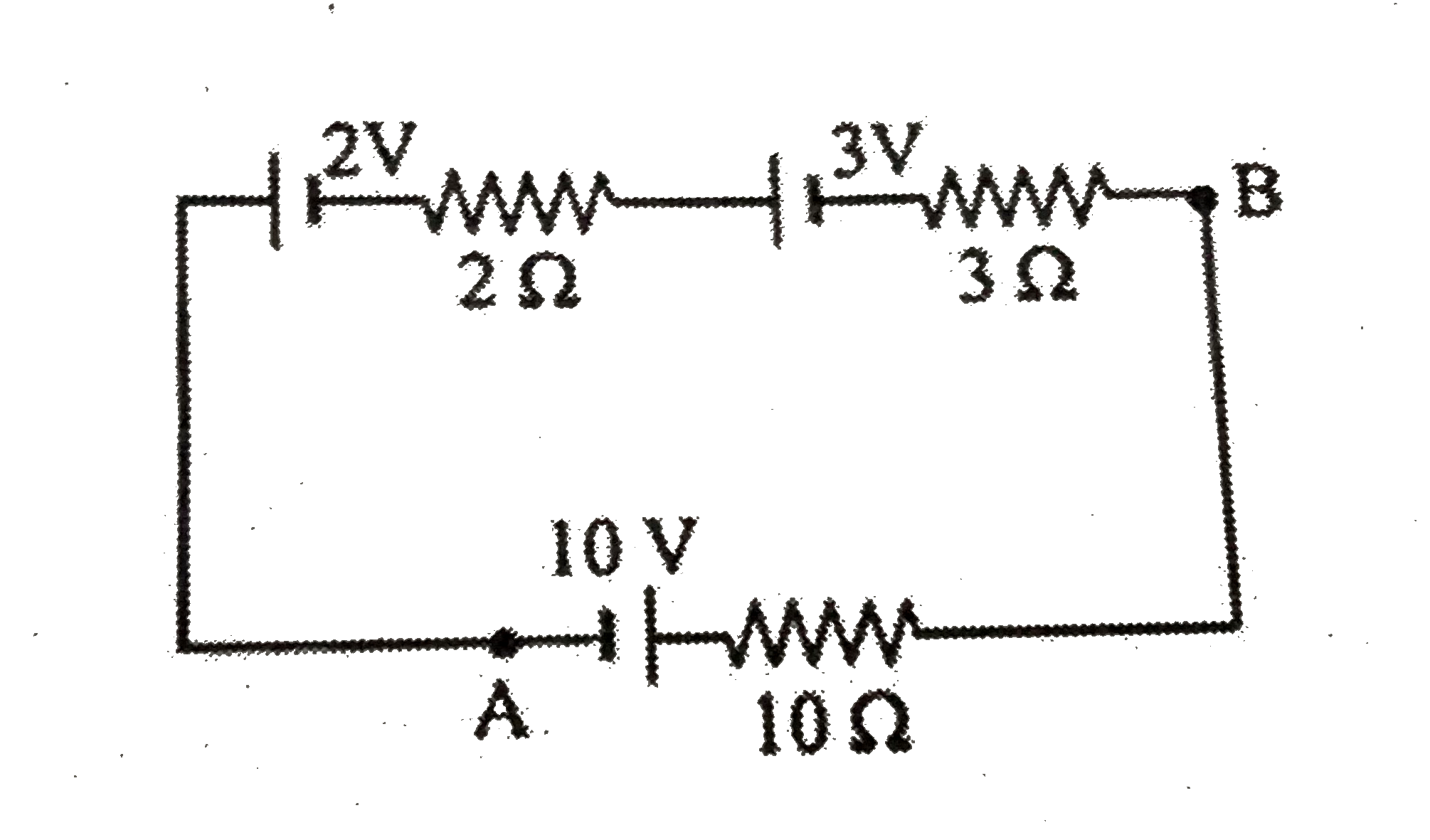
View Solution
